In the animal kingdom, aggression often manifests in various forms, with snarling being a prominent display of this primal behavior. A snarl, characterized by a lifted lip and exposed teeth, is an overt expression of threat or defense, revealing an animal’s primal instincts and emotional state. Understanding the science and significance behind snarling in animals provides valuable insights into their communication, survival strategies, and environmental adaptations.
From dominant predators like big cats to territorial canines, this article delves into the fascinating world of snarling animals, unraveling the evolutionary reasons and ecological contexts that drive this powerful expression. Exploring the nuances of snarling allows us to appreciate the intricate language of the wild, providing a glimpse into the survival mechanisms that have shaped the behavior of these captivating creatures. Join us in this exploration of snarling animals as we dissect the growls and grins that punctuate the animal kingdom.
Table of Contents
A Brief Overview of Snarling Animals:
Wolves (Canis lupus):
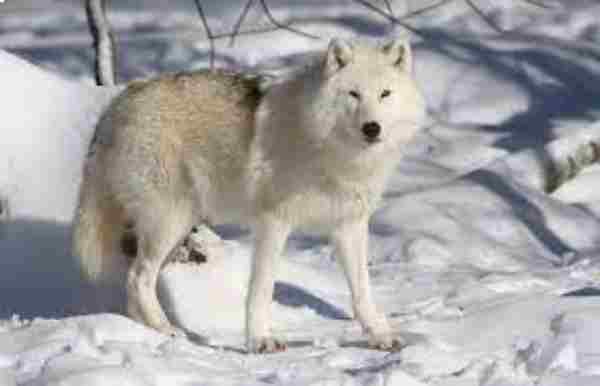
Wolves, known for their intricate social structures and pack dynamics, occasionally display snarling behavior, revealing their displeasure or asserting dominance within the pack. This fierce expression, accompanied by bared teeth and a deep growl, serves as a clear communication of their emotions and intentions.
Dogs (Canis lupus familiaris):

Dogs, domesticated descendants of wolves, exhibit snarling when threatened or agitated. This primal display, a throwback to their wild ancestors, involves baring teeth, a curled lip, and a guttural growl—a warning to potential intruders or a sign of distress.
Coyotes (Canis latrans):

Coyotes, known for their adaptability and resilience, resort to snarling as a defense mechanism. When feeling threatened or cornered, they bear their teeth and emit a distinctive, menacing growl, signaling their readiness to protect their territory.
Foxes (Various species):

Foxes, cunning and elusive creatures, may resort to snarling when cornered or defending their young. This snarl, accompanied by bared teeth, serves as a deterrent and a clear indication of their discomfort or hostility.
Tigers (Panthera tigris):

Tigers, majestic and powerful big cats, utilize snarling as an intimidation tactic. When challenged or defending their territory, they display this aggressive behavior—showing their teeth, growling deeply—to assert dominance and deter potential threats.
Lions (Panthera leo):
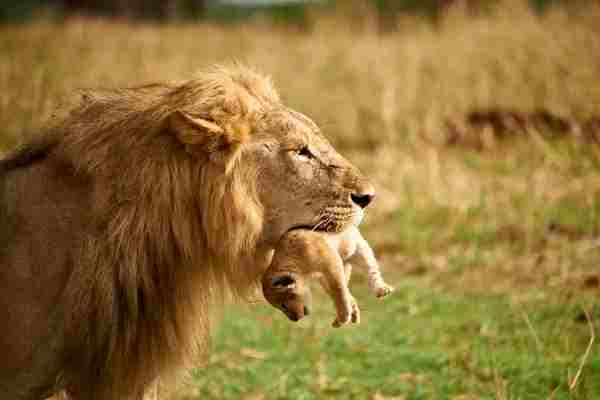
Lions, the iconic big cats of the African savannah, employ snarling as a means of communication within their pride. This vocalization, often coupled with a ferocious display of teeth, asserts their authority and maintains the hierarchy within the group.
Leopards (Panthera pardus):
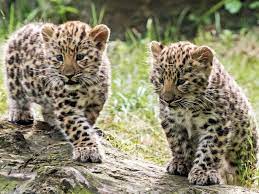
Leopards, renowned for their stealth and solitary nature, may resort to snarling when feeling threatened or during territorial disputes. This vocalization, accompanied by a menacing display of teeth, conveys their readiness to defend their domain.
Jaguars (Panthera onca):
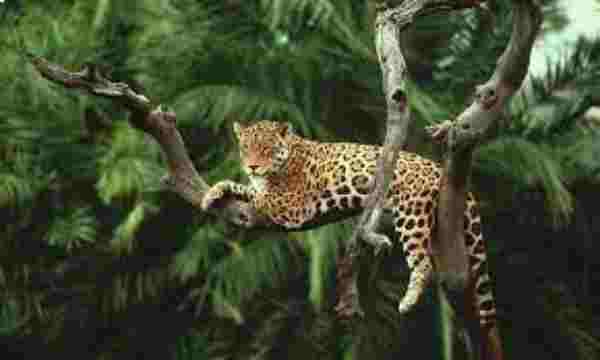
Jaguars, the apex predators of the Americas, utilize snarling to assert dominance and establish their territory. With bared teeth and a deep growl, they convey a clear warning to rival jaguars or potential intruders.
Cheetahs (Acinonyx jubatus):

Cheetahs, known for their incredible speed, may resort to snarling during conflicts or when agitated. Baring their teeth and emitting a fierce growl, they send a strong signal of their discomfort or intent to protect their space.
Cougars (Puma concolor):
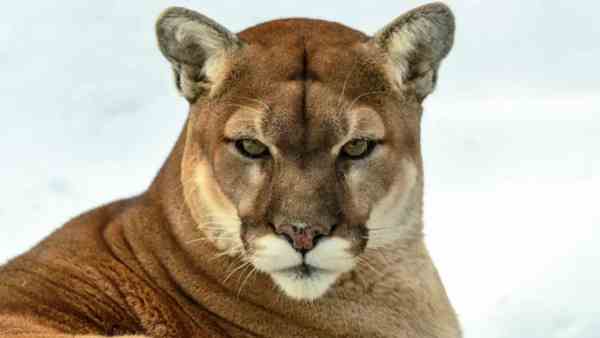
Cougars, also called mountain lions or pumas, employ snarling as a form of communication when agitated or threatened. This vocalization, accompanied by the display of sharp teeth and a menacing growl, serves to warn potential adversaries and deter conflicts.
Bobcats (Lynx rufus):
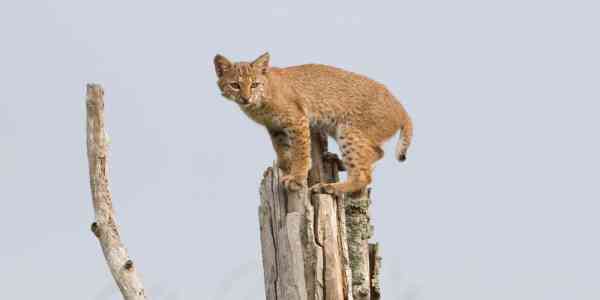
Bobcats, elusive and solitary hunters, may resort to snarling to express their discomfort or irritation. This display, involving bared teeth and a low growl, signifies their readiness to defend themselves or their territory.
Domestic Cats (Felis catus):

Domestic cats, descendants of wild ancestors, may snarl when provoked or feeling threatened. This instinctive behavior involves bared teeth, a curled lip, and a low growl, conveying their displeasure or asserting boundaries.
Grizzly Bear (Ursus arctos horribilis):

Grizzly bears, formidable and powerful creatures, may display snarling as a warning or defense mechanism. This ferocious expression, featuring bared teeth and a deep growl, signifies their discomfort or an attempt to deter potential threats.
Black Bear (Ursus americanus):
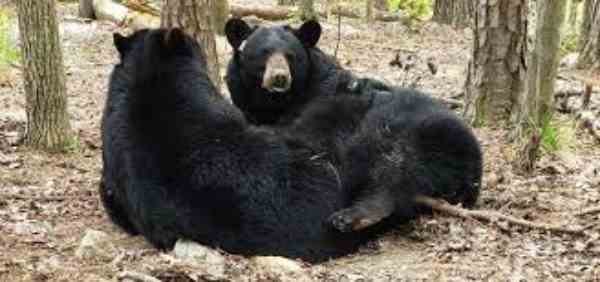
Black bears, known for their adaptability, occasionally employ snarling to convey distress or discomfort. Baring their teeth and emitting a growl, they signal their need for space or express unease in a situation.
Polar Bear (Ursus maritimus):
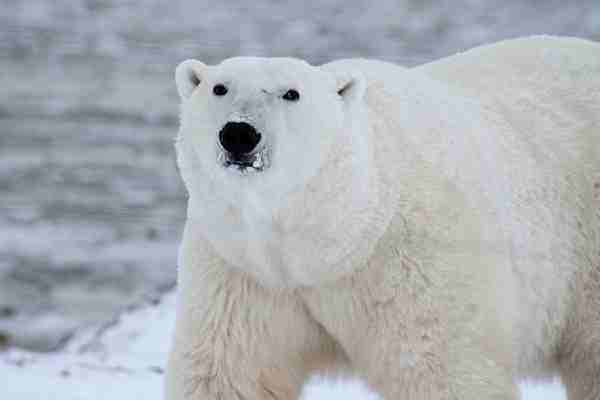
Polar bears, the largest terrestrial predators, may resort to snarling when feeling threatened or agitated. Baring their impressive teeth and emitting a deep growl, they issue a clear warning to potential adversaries or express their discomfort in a situation.
Badgers (Various species):
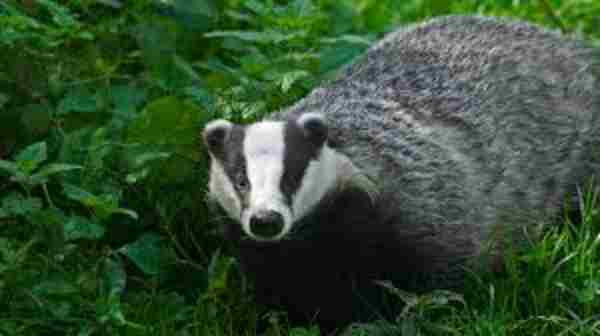
Badgers, known for their tenacity and burrowing habits, utilize snarling as a defensive mechanism. When feeling cornered or threatened, they may bare their sharp teeth and produce a fierce growl to deter potential predators.
Wolverines (Gulo gulo):
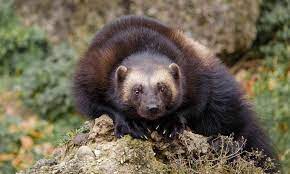
Wolverines, ferocious and resilient animals, may resort to snarling to express their discomfort or ward off potential threats. Baring their teeth and growling deeply, they assert their boundaries and communicate their readiness to defend themselves.
Honey Badger (Mellivora capensis):
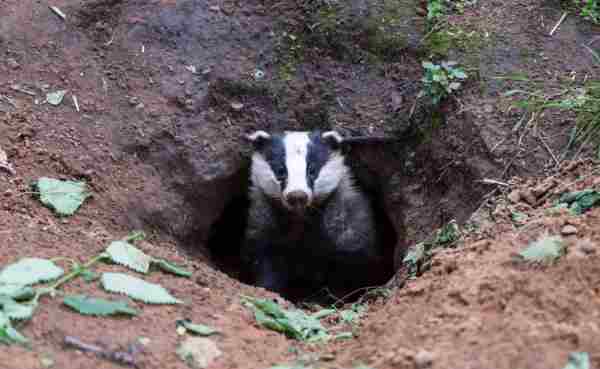
Honey badgers, famed for their fearlessness, employ snarling as an intimidation tactic. Baring their teeth and emitting a menacing growl, they display their aggression and readiness to protect themselves or their territory.
Weasels (Various species):
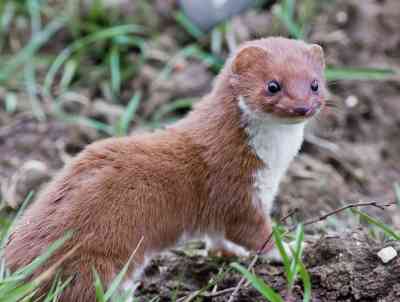
Weasels, agile and clever hunters, may utilize snarling when feeling threatened or cornered. This aggressive display, featuring bared teeth and a growl, serves as a warning to potential adversaries or a response to discomfort.
Spotted Hyena (Crocuta crocuta):
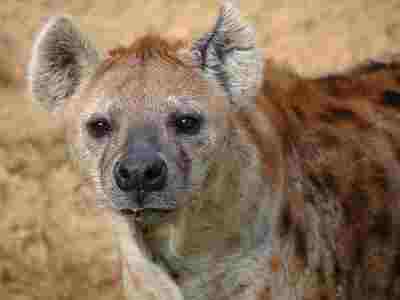
Spotted hyenas, known for their distinctive laughter-like vocalizations, may resort to snarling as a sign of aggression or during conflicts within their clan. This vocalization, often accompanied by bared teeth and a guttural growl, asserts their dominance within the social hierarchy.
Striped Hyena (Hyaena hyaena):

Striped hyenas, typically solitary and elusive, employ snarling as a means of communication or defense. When feeling threatened or cornered, they may bare their teeth and emit a fierce growl, signaling their discomfort or intent to protect themselves.
Snow Leopard (Panthera uncia):

Snow leopards, elusive and solitary big cats of the mountains, may resort to snarling to express discomfort or assert boundaries. Baring their teeth and growling, they send a clear message of their readiness to defend their territory or deter potential threats.
Clouded Leopard (Neofelis nebulosa):

Clouded leopards, known for their beautiful cloud-like markings, may employ snarling as a defensive or territorial display. This vocalization, often accompanied by a display of bared teeth, communicates their readiness to defend themselves or their territory.
Serval (Leptailurus serval):

Servals, known for their distinctively long legs and impressive hunting skills, may resort to snarling when feeling threatened or cornered. Baring their teeth and growling, they convey their discomfort and assert their readiness to protect themselves.
Snakes (Various species):

Snakes, a diverse group of reptiles, may hiss or snarl as a defensive behavior. While they lack vocal cords, they can produce hissing sounds by expelling air through their trachea, a warning to potential threats or predators.
Alligators (Alligator mississippiensis):

Alligators, formidable and ancient reptiles, may snarl as a defensive or territorial display. This vocalization, often accompanied by a visible display of their powerful jaw and teeth, signifies their readiness to defend their territory.
Crocodiles (Various species):

Crocodiles, known for their strength and stealth, may snarl as a means of communication or defense. Baring their teeth and producing a deep growl, they convey their discomfort or readiness to protect their space.
Baboons (Various species):
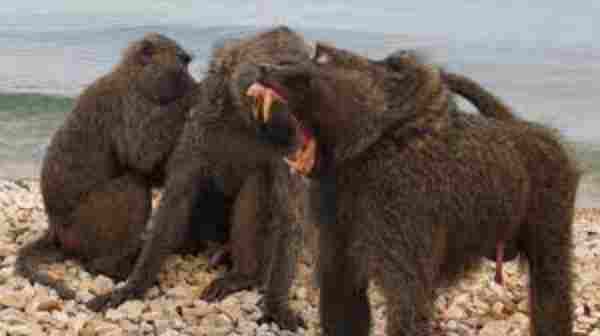
Baboons, highly social and intelligent primates, may snarl as a display of aggression or discomfort. This vocalization, often coupled with bared teeth and a growl, communicates their readiness to assert dominance or deter potential threats.
Mandrills (Mandrillus sphinx):
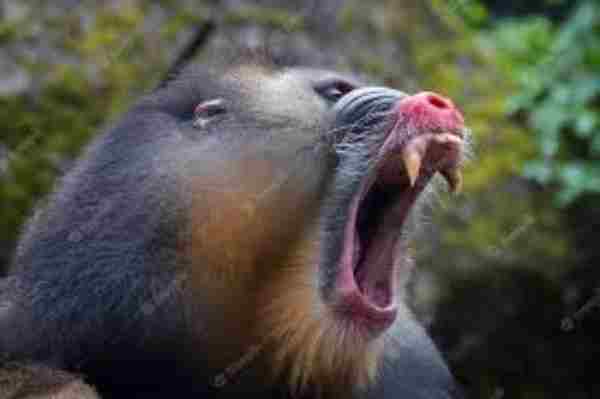
Mandrills, characterized by their colorful faces and impressive canines, may snarl as a sign of aggression or during conflicts within their social group. Baring their teeth and emitting a growl, they assert their authority and maintain hierarchy within their troop.
Some Macaque Species:
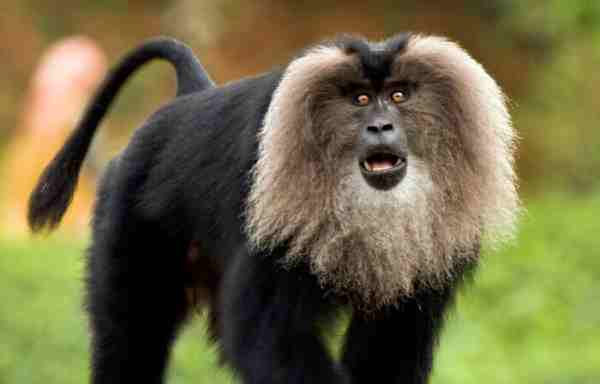
Certain macaque species, highly social and intelligent Old World monkeys, may resort to snarling during conflicts or displays of dominance. Baring their teeth and emitting a guttural growl, they assert their position within their social hierarchy.
Conservation and Environmental Challenges:
In the realm of conservation and environmental challenges, one pervasive issue is the increasing incidence of snarling animals and its implications. Snarling, a hostile and aggressive display of teeth and vocalizations, often reflects the stress and frustration experienced by wildlife due to habitat loss, climate change, and human encroachment. This behavior signifies a breakdown in the delicate balance between human activity and the natural world, prompting a deeper examination of our role in the conservation effort.
Habitat loss, primarily driven by urbanization, agriculture, and infrastructure development, forces animals into smaller and fragmented areas. The resulting competition for resources intensifies, leading to heightened aggression and territorial disputes, manifesting as snarling. Climate change further exacerbates the problem by altering ecosystems and disrupting traditional behavioral patterns, pushing animals to adapt in unexpected ways.
Conservation initiatives must address these challenges head-on. Efforts should prioritize habitat restoration and protection, aiming to create larger, connected spaces for wildlife to roam freely. Education and community involvement are crucial aspects; raising awareness about the impact of human activities on wildlife behavior and fostering a sense of responsibility will lead to a more sustainable coexistence.
Furthermore, implementing stricter regulations and sustainable practices is paramount. Effective management strategies, such as responsible tourism and ethical hunting, can help reduce stress on animal populations. Ultimately, a holistic approach that combines scientific research, policy advocacy, public education, and community engagement is essential to mitigate the snarling epidemic and secure a harmonious future for both wildlife and humanity.
Final Words:
In conclusion, the rise in incidents of snarling animals highlights the urgent need for a comprehensive approach to conservation and addressing environmental challenges. Our actions, as a species, have a direct impact on the natural world, and understanding this interdependence is vital for the survival and well-being of all inhabitants of our planet.
By prioritizing habitat restoration, promoting sustainable practices, and fostering a deep-rooted sense of responsibility towards the environment, we can pave the way for a more harmonious coexistence between humans and wildlife. Let us strive to create a future where the wild can flourish, free from the confines of stress and aggression, and where our shared ecosystem thrives through conservation and sustainable stewardship.
Reference:
- https://www.wildlifeonline.me.uk/animals/article/red-fox-behaviour-fox-body-language
- https://www.usatoday.com/story/news/2022/08/05/most-dangerous-animal-world/10090470002/
- https://www.lsu.edu/mns/files/exhibit/TigerSounds.pdf

Zahra Makda
Growing up enjoying the beauty of my village, a good passion for nature developed in me from childhood. Following my passion for the natural world, I have chosen zoology for my graduation, during my undergraduate degree, I participated in many nature trails, bird watching, rescues, training for wildlife conservation, workshop, and seminars on biodiversity. I have a keen interest in invertebrate biology, herpetology, and ornithology. Primary interests include studies on taxonomy, ecology, habitat and behavior.









